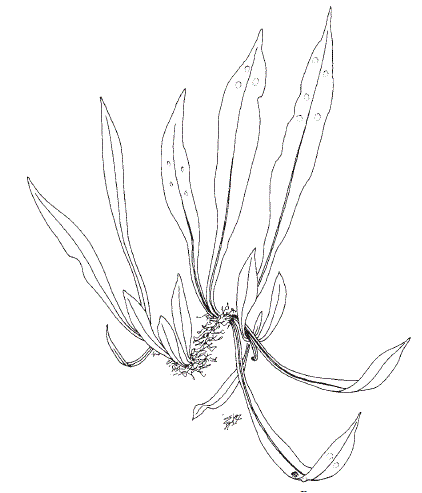Trip Report – 6 October 2012: Caribbean Drive Reserve
We parked at the top of Caribbean Drive, Grenada North, Wellington. Despite a forecast gale with showers, the day turned out to be sunny throughout the trip. The wind was not severe at ground level, with the gullies quite sheltered, but it provided a constant eerie howling as it whistled through the overhead high-voltage transmission lines. It was good to see a couple of new trippers making up a group of nine for the day.
Proceeding up the closed-off extension of Caribbean Drive (water reservoir access road), and passing the paint-ball war-games concession, we climbed through remnant pastureland which is becoming succeeded by mahoe shrublands, before entering more established regenerating bush. The route followed a bulldozed Transpower access road for 2/3 of the climb, with the remaining 1/3 being a track cut through manuka forest, with the occasional WCC track markers along the route (some of which an earlier recce had uncovered from tall gorse). The upper track section has been kept clear of gorse through its usage as a Greater Wellington Regional Council (GWRC) bait-station maintenance access track. Unfortunately the once-shady damp banks of the bulldozed track section have been recently cleared of vegetation to allow 4WD-vehicle access, and have become exposed to the sun and dried out. Just after lunch we heard a group of trailbikers on the Transpower access track below us.
 |
| Loxogramme dictyopteris. Illustration: Eleanor Burton. |
We did a good deal of weeding, using a grubber, and continuing the efforts of the earlier recce, attempted to make Himalaya honeysuckle locally extinct. We also removed a lone young pampas, and made inroads into a patch of blackberry amongst the upper manuka forest section.
Caribbean Drive Reserve comprises some 79 ha transferred from Transpower to WCC in 2002, plus some additional adjoining areas known as Belmont Reserve, and two sections of Hillcroft Road Reserves, totalling some 106 ha of rugged terrain, with deep gullies between the spurs, rising to the Horokiwi Road ridgeline. The entire area was upgraded to Scenic Reserve status in the 2011 Reserves Reclassification as part of the WCC Northern Reserves Management Plan. This block is regarded as a special place by WCC, because there are few large areas of manuka forest within its estate. It also forms part of a wide ecological corridor across the Wellington isthmus, between Wellington Harbour (and Belmont Regional Park), crossing south of the Tawa urban area to the Outer Green Belt, and on to Porirua Scenic Reserve and the west coast.
Since WCC took ownership, some isolated pines in the block have been felled, and more recently GWRC began poisoning possums. Goats used to be common on the block, and although we saw some recent signs of their presence, we did not see any. Perhaps as a result of browse by possums and goats, the understorey was sparse, except in the damp, shady gullies where we saw several species of ferns, including
Hymenophyllum flexuosum and
Loxogramme dictyopteris. Mamaku,
Cyathea medullaris, was particularly prominent on the damper slopes.
Off-track we made two excursions into the bush. One followed a tributary of Takapu Stream to get a closer view of two substantial nikau, with numerous seedlings in the vicinity. This excursion ended at a 4-m waterfall lined with the water- borne roots of neighbouring mahoe trees. In an excursion into a second gully on our way down the track, to clarify the identity of some tree ferns, we also found some massive old mahoe,
Melicytus ramiflorus, and unusually large wineberry,
Aristotelia serrata.
We also saw nikau in a neighbouring gully, along with some other substantial trees, including emergent rewarewa in distant ravines and what we thought were tawa trees, but unfortunately we were not close enough to confirm the sighting. Another botanical highlight was the prevalence of clematis in flower.
Clematis forsteri and
C. paniculata were quite widespread and particularly evident where their flowering mass shone from the manuka canopy.
We have compiled a plant list for this area, and will send it to WCC and the NZ Plant Conservation Network.
Participants : Bev Abbott, David Allen, Barbara Clark, Richard and Margaret Herbert, Chris Horne, Barbara Mitcalfe, Nick Saville, Irene Walshe.
Richard Herbert

 Site Index
Site Index







 Site Index
Site Index





